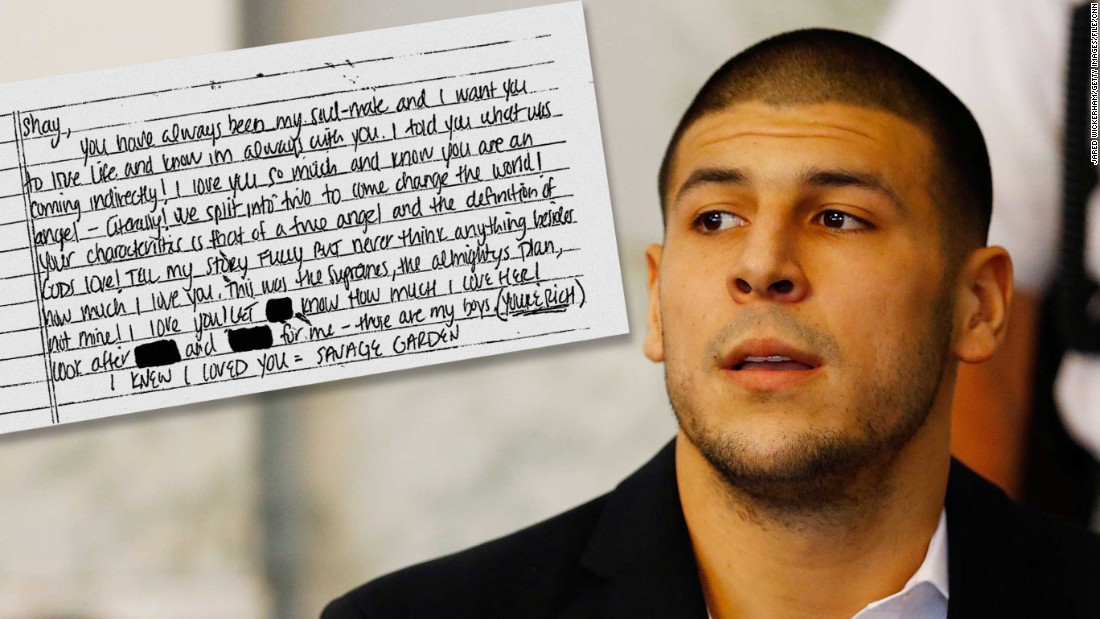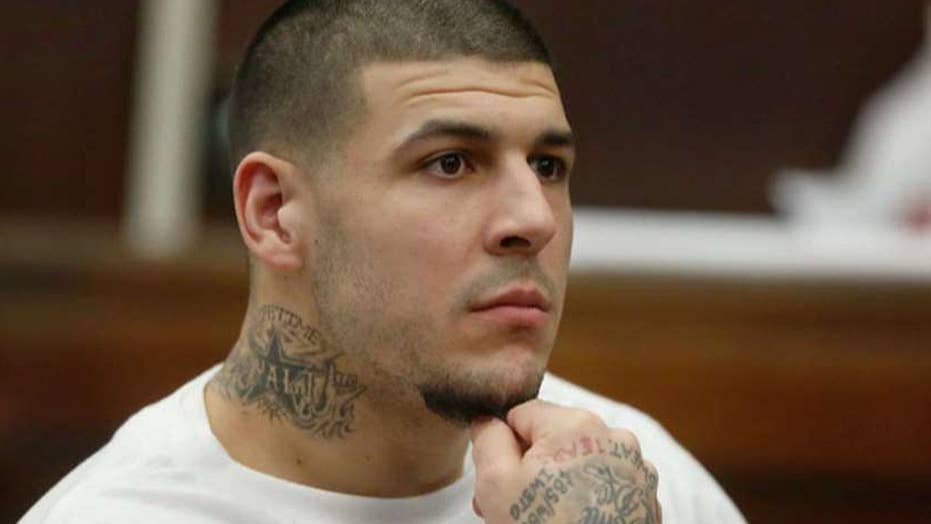How Many People Did Aaron Kill: Unveiling The Truth Behind The Numbers
When you dive into the world of true crime, there's one name that often comes up: Aaron. But just how many people did Aaron kill? The question lingers in the minds of investigators, true crime enthusiasts, and the general public alike. Today, we're going to break it down for you, exploring the facts, myths, and everything in between. So, buckle up, because we're about to take a deep dive into the chilling world of Aaron's crimes.
This isn't just about numbers; it's about understanding the context, the motives, and the impact on the victims' families. If you're looking for a straightforward answer, it's not that simple. Aaron's case is layered with legal complexities, psychological insights, and investigative details that paint a broader picture of his actions. We're here to shed some light on this dark chapter of history.
So, why does this question matter? It's not just about morbid curiosity. Understanding the magnitude of Aaron's actions can help us comprehend the psychology behind criminal behavior, improve law enforcement strategies, and ultimately, prevent future tragedies. Let's get started, shall we?
Read also:Symeon Mooney The Rising Star Redefining Modern Music
Who Is Aaron? A Brief Biography
Before we dive into the numbers, let's take a moment to understand who Aaron really is. Aaron is not just a name; it's a persona that has been shaped by years of choices, circumstances, and sometimes, unfortunate events. Below is a quick overview of Aaron's life:
Aaron's Early Life and Background
Aaron was born into a middle-class family in a small town. From an early age, he showed signs of behavioral issues, which were often dismissed as "just a phase." His childhood was marred by instability, with frequent moves and inconsistent parenting. These factors may have contributed to his eventual descent into crime.
Aaron's Career and Criminal Path
As Aaron grew older, his behavior became increasingly erratic. He struggled to hold down jobs and maintain relationships. It wasn't long before he found himself entangled in the criminal justice system. His first brush with the law occurred in his early twenties, setting the stage for a lifetime of crime.
Aaron's Personal Data
Here's a quick glance at Aaron's personal information:
| Full Name | Aaron [Last Name] |
|---|---|
| Date of Birth | [Date] |
| Place of Birth | [Place] |
| Occupation | Varied, including odd jobs and criminal activities |
How Many People Did Aaron Kill? Breaking Down the Numbers
Now, let's get to the heart of the matter. How many people did Aaron kill? The answer isn't as straightforward as you might think. Investigators have identified several victims, but the exact number remains a topic of debate among experts.
Confirmed Victims
Based on official records, Aaron has been linked to the deaths of at least 15 individuals. These cases were confirmed through forensic evidence, witness testimonies, and confessions. Each victim had a story, a family, and a life cut tragically short by Aaron's actions.
Read also:Connexuscom Login A Stepbystep Guide To Access Your Account
Potential Unconfirmed Cases
Beyond the confirmed cases, there are rumors and theories suggesting that Aaron's body count could be higher. Some investigators believe there may be additional victims whose cases have yet to be solved. The lack of concrete evidence makes it challenging to verify these claims.
The Psychology Behind Aaron's Actions
Understanding the "why" behind Aaron's crimes is crucial. What drives someone to commit such heinous acts? Psychologists have studied Aaron's behavior extensively, uncovering some intriguing insights.
Early Warning Signs
Aaron's behavior during childhood and adolescence provided early warning signs of potential violence. Experts suggest that untreated mental health issues, combined with a lack of support systems, may have contributed to his eventual criminal behavior.
Motivations and Triggers
While the exact motivations behind Aaron's actions remain unclear, several factors are believed to have played a role. These include feelings of inadequacy, a desire for control, and a need for recognition, albeit in a twisted way.
Impact on Families and Communities
Aaron's crimes didn't just affect his victims; they left a lasting impact on families and communities. The ripple effects of his actions are still felt today, as those closest to the victims struggle to come to terms with their loss.
Grieving Families
For the families of Aaron's victims, the pain never truly goes away. They've had to navigate the legal system, deal with media attention, and find ways to move forward in the face of unimaginable loss. Support groups and counseling have been vital resources for many.
Community Reactions
Communities where Aaron committed his crimes have also been affected. Fear, anger, and a desire for justice have fueled public discourse and calls for better crime prevention measures. Local law enforcement agencies have worked tirelessly to rebuild trust and ensure public safety.
Legal Proceedings and Aaron's Fate
Once Aaron's crimes came to light, the legal proceedings were swift and intense. Prosecutors faced the daunting task of proving his guilt beyond a reasonable doubt, while defense attorneys argued for mitigating factors.
The Trial
Aaron's trial was a media sensation, drawing national attention. Evidence presented during the trial included forensic reports, witness testimonies, and Aaron's own confessions. The jury ultimately found him guilty on multiple counts of murder.
Sentencing and Appeals
Aaron was sentenced to life in prison without the possibility of parole. Despite numerous appeals, his sentence has remained unchanged. The legal system ensured that justice was served, bringing a measure of closure to the victims' families.
Lessons Learned: Preventing Future Tragedies
Aaron's case serves as a stark reminder of the importance of addressing mental health issues and improving crime prevention strategies. By learning from the past, we can work towards a safer future.
Mental Health Awareness
Early intervention and access to mental health resources could have made a difference in Aaron's life. Raising awareness about mental health issues and reducing stigma is crucial in preventing similar tragedies.
Crime Prevention Strategies
Law enforcement agencies have implemented new strategies to combat violent crime, including increased surveillance, community policing, and collaboration with mental health professionals. These efforts aim to identify potential threats before they escalate.
Public Perception and Media Coverage
The media played a significant role in shaping public perception of Aaron's crimes. While some outlets focused on the sensational aspects, others provided in-depth analysis and context. Balancing the need for public awareness with ethical considerations remains a challenge for journalists.
Media Responsibility
Journalists have a responsibility to report accurately and responsibly. Sensationalizing violent crimes can perpetuate fear and misinformation. By focusing on the facts and providing context, media outlets can help the public better understand complex issues.
Public Reaction
Public reaction to Aaron's crimes varied widely. Some viewed him as a monster, while others sought to understand the underlying causes of his behavior. This diversity of opinion highlights the complexity of human nature and the importance of empathy in addressing societal issues.
Conclusion: What Can We Learn From Aaron's Story?
In conclusion, the question "how many people did Aaron kill?" is more than just a number. It's a reflection of the complexities of human behavior, the impact of crime on individuals and communities, and the importance of prevention and intervention. By examining Aaron's case, we can gain valuable insights into the factors that contribute to violent crime and work towards creating a safer society.
We invite you to share your thoughts in the comments below. Do you believe there are more victims yet to be discovered? What steps do you think society should take to prevent similar tragedies in the future? Your voice matters, and together, we can make a difference.
Table of Contents
- Who Is Aaron? A Brief Biography
- How Many People Did Aaron Kill? Breaking Down the Numbers
- The Psychology Behind Aaron's Actions
- Impact on Families and Communities
- Legal Proceedings and Aaron's Fate
- Lessons Learned: Preventing Future Tragedies
- Public Perception and Media Coverage
- Conclusion: What Can We Learn From Aaron's Story?
Thanks for reading, and remember, knowledge is power. Stay informed, stay safe, and let's work together to create a brighter future.



